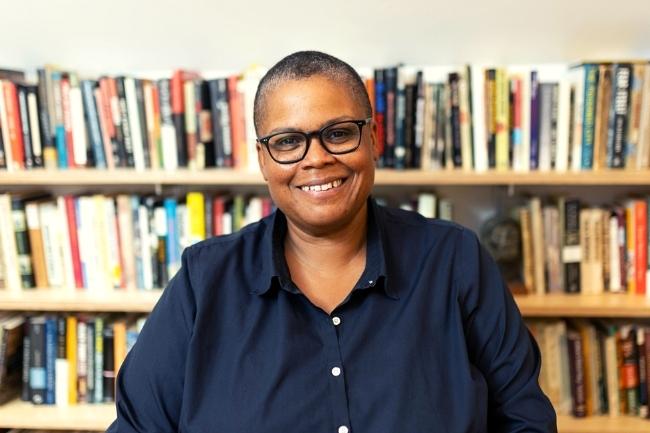Posts com a Tag ‘Setor Imobiliário’
Race for Profit: How Banks and the Real Estate Industry Undermined Black Homeownership | Keeanga-Yamahtta Taylor
Keeanga-Yamahtta Taylor | Imagem: KQED
In the context of a COVID-19 world, housing and living standard inequities are a phenomenon that have surely been exacerbated. The conditions created by global pandemic have undoubtedly contributed further to greater poverty in many areas—from housing, to jobs, to access to food security and water resources (informed by colonial legacies in North America especially). Any discussion of histories related to global or regional housing must be considered from this sort of lens. In this sense, the recent book Race for Profit: How Banks and the Real Estate Industry Undermined Black Homeownership, published not long before the pandemic began in 2020 offers prescient analysis.
In Race for Profit Keeanga-Yamahtta Taylor argues that “unprecedented public-private partnership in the production of low-income housing tethered the HUD [Department of Housing and Urban Development] and the FHA [Federal Housing Administration] to real estate brokers, mortgage bankers, and homebuilders” (p.4). The historiographical focus rests on a critique of the “declensional framing” of “urban crisis” through the late 1960s and 1970s, which Taylor suggests, “belies the dynamic and innovative methods of financing generated to develop the urban housing market” (p.5). As she forcefully argues:
[f]ar from being a static site of dilapidation and ruin, the urban core was becoming an attractive place of unparalleled opportunity, a new frontier of economic investment and extraction for the real estate and banking industries. The race for profit in the 1970s transformed decaying urban space into what one U.S. senator described as a ‘golden ghetto’ where profits for banks and real estate brokers were never ending, while shattered credit and ruined neighborhoods were all that remained for African Americans who lived there (p.4). Leia Mais


